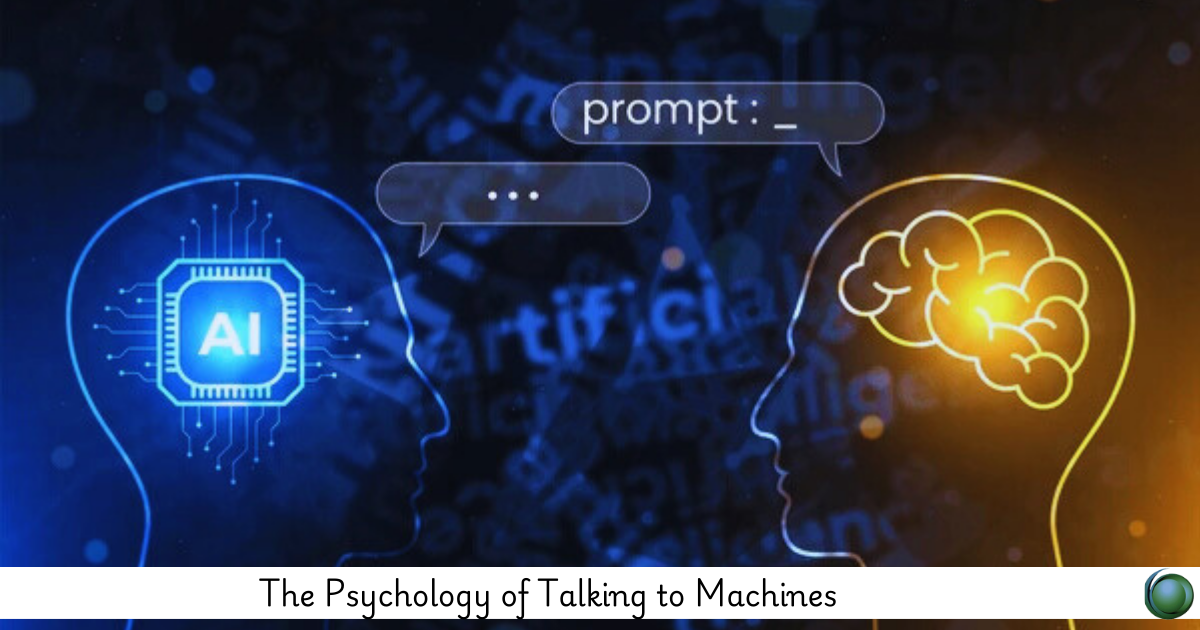Description
Introduction
As artificial intelligence (AI) systems, including chatbots, voice assistants, and virtual agents, become an integral part of everyday life, understanding the psychology of human-machine interaction is crucial. People often perceive these machines as having human-like characteristics, attributing emotions and intentions to them. This course explores how human psychology shapes interactions with AI, focusing on cognitive and emotional responses, the role of empathy, trust, and social behavior in these digital conversations. By understanding these psychological dynamics, we can improve the effectiveness, user engagement, and ethical implications of AI systems. This course is designed to help you grasp these human factors and implement them into the design and use of conversational AI technologies.
Prerequisites
-
Basic Understanding of AI and Machine Learning Concepts
Familiarity with how AI systems like chatbots, voice assistants, and NLP (Natural Language Processing) work is beneficial but not mandatory. -
Interest in Psychology or User Experience (UX)
An interest in understanding human behavior, cognitive processes, and emotional responses when interacting with AI systems will enhance learning outcomes. -
Open Mind and Curiosity
Understanding the psychology behind human interaction with machines requires an open mind about how we, as humans, process and react to non-human agents.
Table of Contents
1. Foundations of Human-Machine Interaction
1.1 Evolution of Human-Computer Communication
1.2 What Makes Machines Feel “Human”?
1.3 Social Responses to Non-Human Agents
2. Cognitive and Emotional Psychology in Conversational AI
2.1 Mental Models of Machines
2.2 Cognitive Load and Interface Design
2.3 Emotional Triggers in Dialogue
2.4 Trust, Suspicion, and the Uncanny Valley
3. Designing for Empathy and Connection
3.1 Building Rapport with AI
3.2 Personalization and Perceived Intelligence
3.3 Voice, Tone, and Emotional Framing
3.4 Conversational Flow and Turn-Taking
4. User Behavior and Conversation Patterns
4.1 How Users Talk to Bots vs. Humans
4.2 Common User Expectations and Frustrations
4.3 Handling Misunderstandings and Repair Strategies
4.4 Cultural and Age Differences in Interaction
5. Psychological Ethics and AI
5.1 Emotional Manipulation and Influence
5.2 Transparency and Disclosure of Bot Identity
5.3 Emotional Well-being and Dependency on AI
5.4 Ethical Guidelines for AI Conversations
6. Case Studies and Applications
6.1 Chatbots in Therapy and Mental Health
6.2 Companion Bots and Social Robotics
6.3 Customer Service and Support Psychology
6.4 Designing for Vulnerable Populations
The psychology of talking to machines is a complex and evolving field that incorporates human behavior, cognitive science, and ethical considerations. As AI systems become more sophisticated, understanding how users perceive, respond to, and interact with these systems will be key to improving user experiences, building trust, and creating systems that are not only functional but emotionally intelligent. By focusing on the psychological dynamics of human-machine communication, we can create AI systems that offer meaningful, empathetic, and engaging interactions. The future of conversational AI depends on integrating these psychological insights to improve both the technical and emotional aspects of machine-human communication, ultimately fostering deeper, more effective relationships with technology.







Reviews
There are no reviews yet.